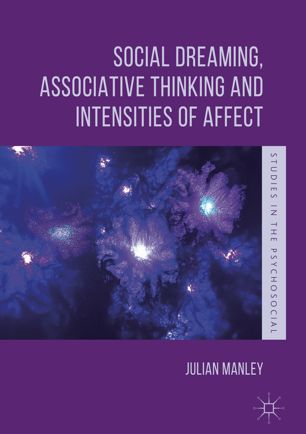

Most ebook files are in PDF format, so you can easily read them using various software such as Foxit Reader or directly on the Google Chrome browser.
Some ebook files are released by publishers in other formats such as .awz, .mobi, .epub, .fb2, etc. You may need to install specific software to read these formats on mobile/PC, such as Calibre.
Please read the tutorial at this link: https://ebookbell.com/faq
We offer FREE conversion to the popular formats you request; however, this may take some time. Therefore, right after payment, please email us, and we will try to provide the service as quickly as possible.
For some exceptional file formats or broken links (if any), please refrain from opening any disputes. Instead, email us first, and we will try to assist within a maximum of 6 hours.
EbookBell Team

0.0
0 reviewsThis book describes a way of sharing dreams in a group, called ‘social dreaming’. It explores how the sharing of real, night time dreams, in a group, can offer information on and insight into ourselves and the worlds we live in and share. It investigates how we can turn dream images, and ideas and feelings that arise from these images, into conscious thought, before describing the ways in which these can be used. Using a background of the psychosocial combined with a philosophical lens influenced by the work of Gilles Deleuze, Julian Manley shows how social dreaming can be understood as a Deleuzian ‘rhizome of affects’, a web or a root design where things interconnect in a random and spontaneous fashion rather than in a sequential or linear way. He illustrates how social dreaming can link dreams together into a collage of images, and compares this to the rhizome, where clusters of emotional intensity – which emerge from the dream images – weave and interconnect with other clusters, forming a web of interlinked dream images and emotions. From the basis of this rhizome emerges an interpretation of social dreaming as a ‘body without organs’ and the social dreaming matrix as a ‘smooth space’ where meanings emerge from the way these images form connections, and come and go according to our emotions at any particular moment.